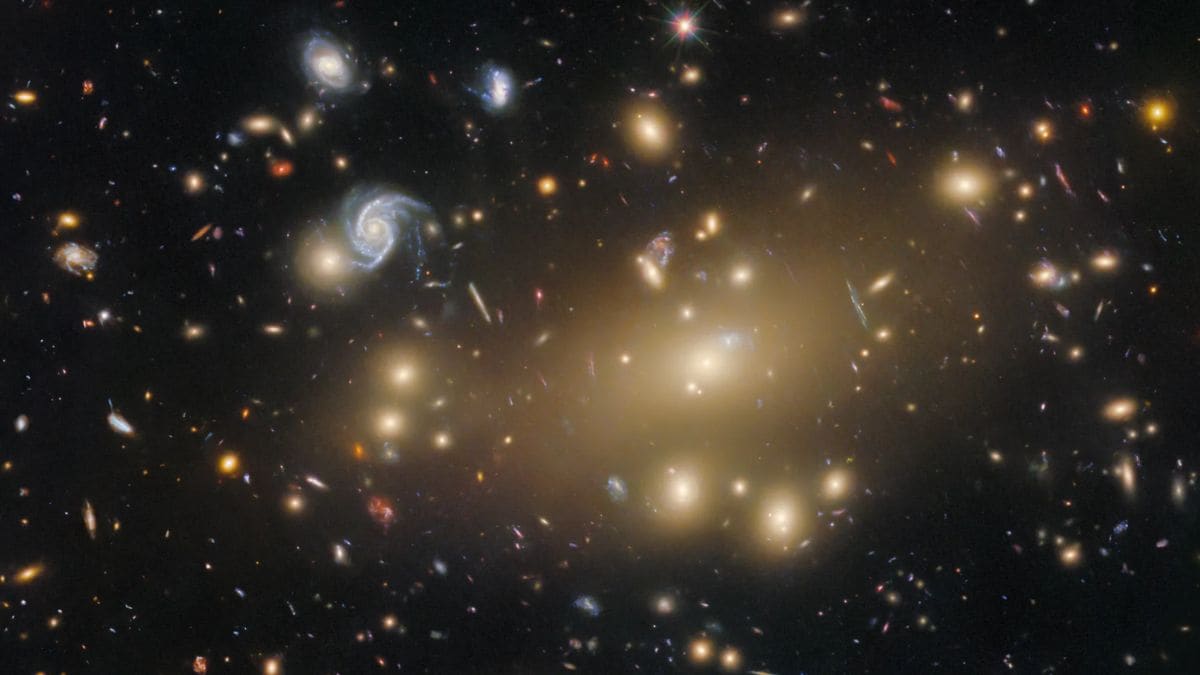Astronomers call ancient star clusters like NGC 1786 “time capsules” for their galaxy, preserving some of its oldest stars. A new image from NASA’s Hubble Space Telescope offers an unprecedented close-up of this dense cluster 160,000 light-years away in the Large Magellanic Cloud. Hubble’s data show that NGC 1786 contains stars of different ages – a surprising find, since such clusters were once thought to hold a single stellar generation. This multi-age discovery is reshaping our view of how galaxies built their first stars, and suggests more complex early history.
Mixed-Age Stars in a Galactic Time Capsule
According to the official source, this Hubble image shows the globular cluster NGC 1786, a ball of densely packed stars in the Large Magellanic Cloud about 160,000 light-years from Earth. Astronomers captured this picture as part of a program comparing ancient clusters in nearby dwarf galaxies (like the LMC) with clusters in our own Milky Way. The surprising discovery is that NGC 1786 hosts stars of multiple ages. In fact, astronomers expected all stars in such a cluster to form at the same time, so finding multiple stellar generations was unexpected. This suggests even ancient clusters in other galaxies have more complex, layered histories than scientists expected.
Clues to Galaxy Evolution
For astronomers, the discovery provides clues to galaxy formation. Each globular cluster is like a snapshot of its galaxy’s past, so finding multiple stellar generations implies the Large Magellanic Cloud built its stars in stages rather than all at once. By comparing NGC 1786 to clusters in the Milky Way, researchers can retrace how both galaxies assembled their oldest stars. As one NASA scientist notes, this study “can tell us more not only about how the LMC was originally formed, but the Milky Way Galaxy, too”. Overall, the discovery supports a picture of gradual galactic growth through multiple waves of star formation and mergers, rather than a single early burst.




